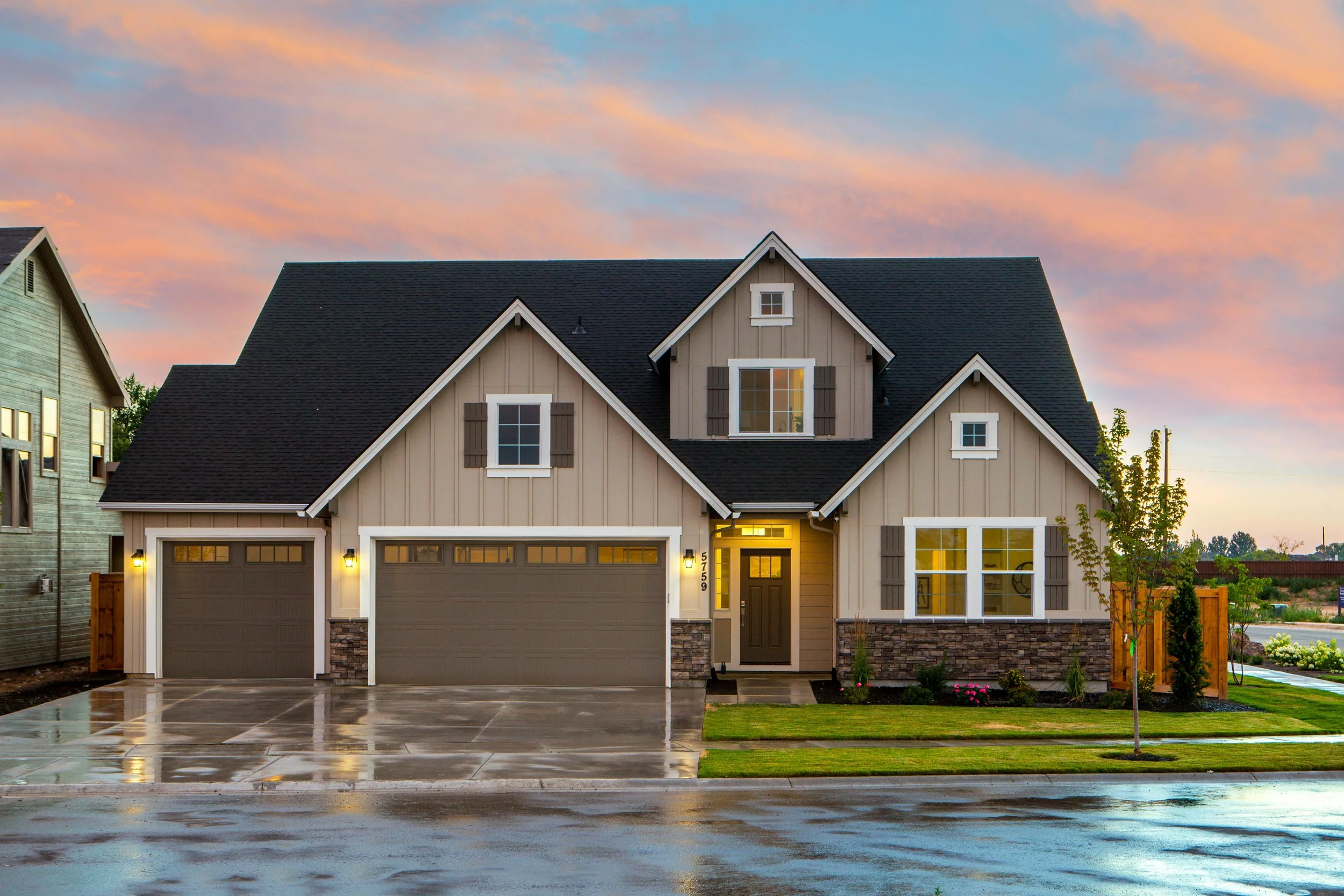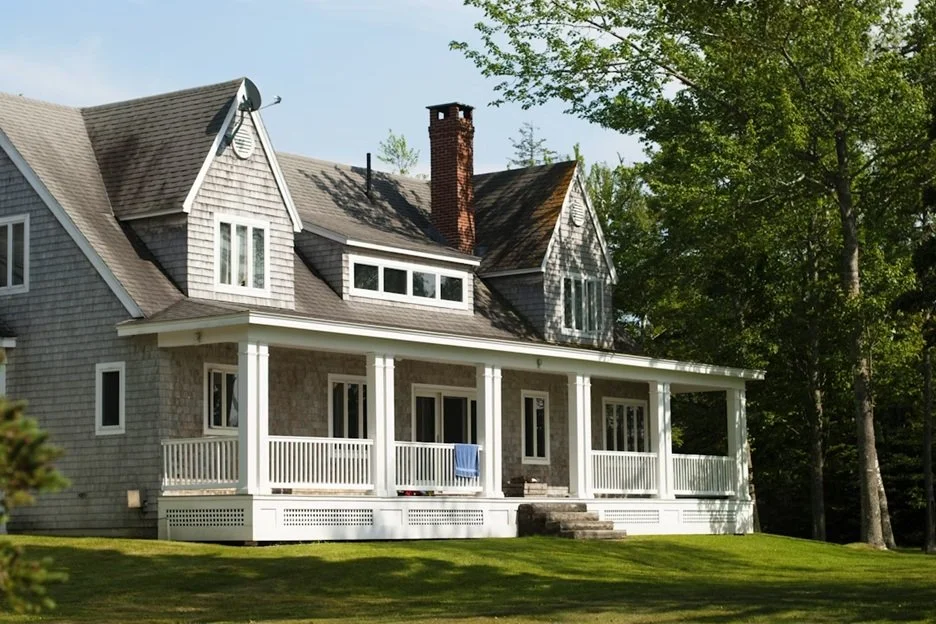Maintaining the exterior of your home often comes down to one deceptively simple question: how often should you pressure wash your house? The answer isn’t one-size-fits-all. It depends on a mix of factors including your local climate, the type of siding or exterior surface, how much shade or sunlight your home gets, and its exposure to airborne debris. Regular pressure washing goes beyond curb appeal, it's a proactive step to prevent long-term damage, protect property value, and catch maintenance issues early.
Beyond aesthetics, pressure washing brings real functional benefits. Clearing away built-up grime, pollen, and mildew can reduce allergens around the property and help extend the life of paint, wood, and siding. Clean driveways and walkways are also safer, reducing the chance of slips caused by organic buildup. With so many factors in play, figuring out how and when to incorporate pressure washing into your maintenance routine can be tricky. This guide will help you create a smart, customized plan for your home.
What Really Impacts Washing Frequency
Environmental influences and how they affect wash frequency
Seasonal timing for pressure washing
Different recommendations based on siding material
Stretching your budget while keeping your home clean
Comparing professional service with DIY approaches
How Climate and Exposure Shape Your Cleaning Schedule
The weather where you live heavily influences how often your home needs a wash. In places like Minnesota, where snow, rain, and seasonal winds bring grit, pollen, and moisture, homes accumulate debris faster than in drier or more temperate climates. When spring snow melts away, it often reveals a dirty layer on siding, decks, and walkways, caused by months of slush splash, road salt, and grime.
Homes surrounded by trees face other challenges, like sap, falling leaves, and shade that promotes green staining. Urban and suburban homes near busy roads often gather dust and pollution faster. In these environments, an annual cleaning might not be enough to keep your home looking its best.
A good rule of thumb? If your siding starts to appear dull, develops visible streaks, or you notice an increase in allergy symptoms indoors, it's probably time to wash. Even homes that seem clean at a glance can collect contaminants that quietly degrade their surface quality.
Finding the Right Pressure Washing Schedule for Your Home
For most homeowners, the sweet spot lies in washing your home once every year. This yearly frequency helps remove the buildup of organic matter, dirt, and airborne pollutants before they can stain or degrade your surfaces. However, there are situations where you might want to consider pressure washing more or less often, depending on your home's specific needs.
Homes located near highways, wooded lots, or bodies of water often require a more aggressive cleaning routine. If your property is especially shaded or prone to damp conditions, algae and discoloration may set in faster, which could justify a schedule of twice a year. By contrast, homes in relatively clean, open-air areas may stretch the interval to once every two years, especially if the exterior materials are newer or particularly resistant to grime.
Homeowners frequently ask not just how often should you pressure wash your house, but whether they’re doing enough to prevent long-term staining or damage. The truth is, pressure washing isn’t only about aesthetics. When ignored for too long, dirt buildup can become permanent, while neglected mildew can gradually wear away at paint and protective coatings.
Seasonal Pressure Washing: Timing It Right
Timing is as important as frequency. In Minnesota, spring and fall are generally ideal for pressure washing. Spring cleanings help remove winter residue and prepare your home for warmer months, while fall washing clears away summer dust and readies the house for harsh winter conditions.
Attempting to wash your home in winter or during unpredictable weather windows comes with obvious risks, including the chance of water freezing or interfering with your home’s insulation. That’s why local services such as house washing in Minneapolis often book up quickly in those prime spring and fall periods.
Different Exteriors, Different Timelines
Not all materials react the same to weather or pressure washing. Vinyl siding is relatively low maintenance and can often go a couple of years between cleanings if kept in decent shape. Wood, on the other hand, is porous and more susceptible to the effects of moisture and debris, so it requires more frequent attention, typically once per year.
Stucco and painted surfaces benefit from gentler soft washing, but may also need to be cleaned more often to prevent stains and deterioration. Brick and stone are durable but can still collect mildew in humid or shaded areas. It's essential to match the cleaning technique and schedule to your home’s specific needs, which is why professionals with experience working on a variety of materials can often spot subtle signs of buildup before they become problems.
Services like power washing in Chanhassen offer customized approaches that take siding type and condition into account, ensuring the job is done right without damaging your property.
Staying Clean on a Budget
Budget constraints shouldn’t stop you from maintaining your home’s exterior. If a full annual wash isn’t financially practical, there are still ways to stretch your investment without compromising on care. Start by focusing your efforts on the most exposed sides of the house, often the north or west, where weather tends to be harsher and dirt accumulates faster. Spot cleaning with a hose and a mild detergent between professional visits can also help manage appearance and prolong intervals between washes.
Another practical approach is bundling services. Pairing pressure washing with gutter cleaning or window washing can reduce overall costs, especially if you take advantage of package deals or seasonal promotions. Many providers offer discounts when you schedule multiple maintenance tasks together, and some even reward returning customers through loyalty programs.
For homeowners wondering how often should you pressure wash your house on a tight budget, stretching the schedule to once every two years may be feasible provided the siding remains in good condition and free of significant buildup. Still, it’s important to keep a watchful eye. Delaying too long can lead to deeper stains or surface wear, which often require more intensive (and costly) cleaning down the line.
Why Professional Pressure Washing Outperforms DIY
It’s tempting to try pressure washing your home yourself, especially with rental units readily available at hardware stores. But homeowners often underestimate how easy it is to cause damage when handling high-pressure equipment without the right experience. Too much pressure can strip paint, etch surfaces, or force water behind siding, potentially leading to moisture issues inside your walls. On the other end of the spectrum, many consumer-grade machines simply don’t have the PSI or flow rate to clean effectively, which can result in streaks, residue, or wasted effort.
Beyond the risks, there’s also the time and physical labor to consider. Between hauling equipment, climbing ladders, managing uneven spray, and applying cleaners safely, the process is more demanding than it may seem. When weighing how often to pressure wash house exteriors, doing it yourself multiple times a year may feel more like a chore than a smart investment.
That’s where professional services shine. It’s not just about superior equipment, it's about expertise. Trained technicians with years in the field know how to assess different materials, adjust pressure accordingly, and apply commercial-grade detergents that won’t harm plants or finishes. Many reputable companies rely on teams with over eight years of hands-on experience, not seasonal workers, so service quality stays high from one visit to the next.
Convenience is another factor that can’t be overstated. Fast, streamlined booking, timely arrivals, and clear communication are all hallmarks of a professional experience. When you combine those with better results and less stress, it’s easy to see why more homeowners turn to pros instead of tackling it on their own.
Signs Your Home May Need Washing Now
Even if it hasn’t been a full year since your last wash, visual cues and environmental signs can indicate that it’s time for another cleaning. If you notice dark vertical streaks under gutters, greenish patches forming on shaded sides of the house, or a general dullness to your exterior, it may be worth scheduling a wash sooner.
Allergies can also be a less obvious indicator. Mold spores, pollen, and dust collected on exterior walls often make their way indoors. If allergy symptoms seem to spike when you’re at home, your siding could be part of the problem. Frequent rain or storms also accelerate grime buildup, especially if your gutters aren't functioning properly.
Keeping tabs on these signs allows you to respond proactively, rather than waiting until stains become permanent or surface materials start to degrade.
Putting the Practice into Perspective
Figuring out how often should you pressure wash your house comes down to understanding your environment, your home’s materials, and how much wear the exterior endures throughout the year. For many, an annual cleaning strikes the right balance. In areas more prone to moisture, pollen, or heavy debris, stepping up to two washes per year makes sense. If you're watching your budget, extending the interval to every other year can still work, especially when you keep up with spot cleanings and visual inspections.
Ultimately, knowing how often to pressure wash house surfaces isn’t just about staying tidy. It’s a smart way to protect your investment, reduce future maintenance costs, and maintain a home that always looks cared for. With the right schedule and help from skilled professionals, exterior cleaning becomes a strategic, manageable part of your home's upkeep.





